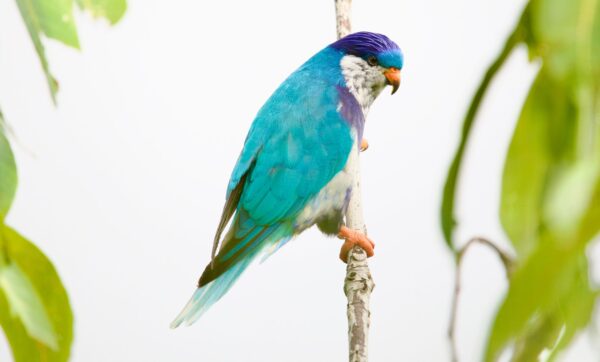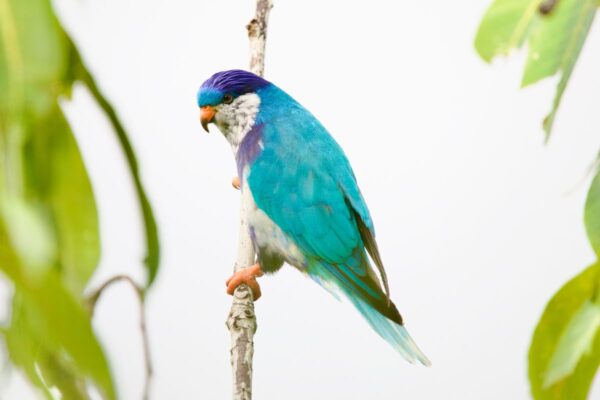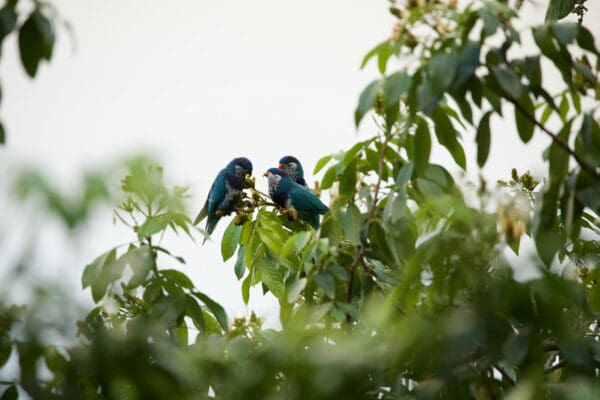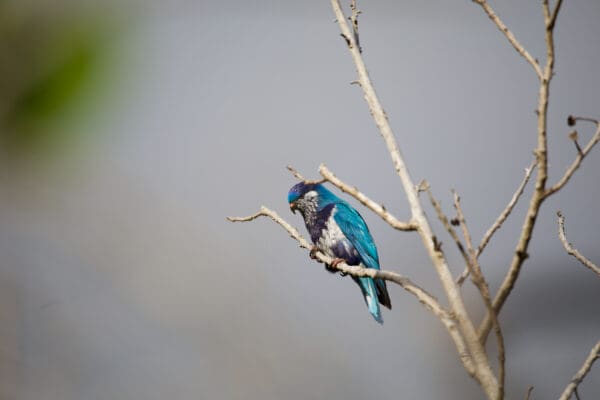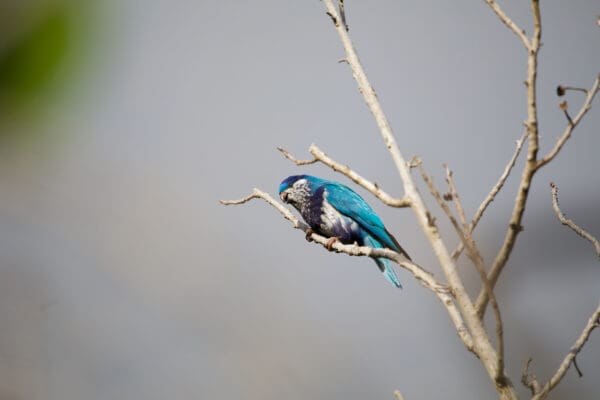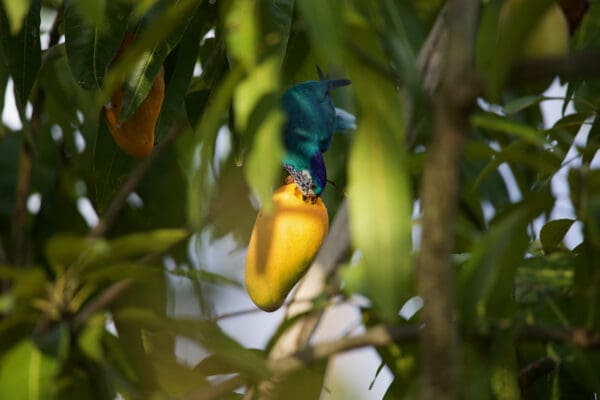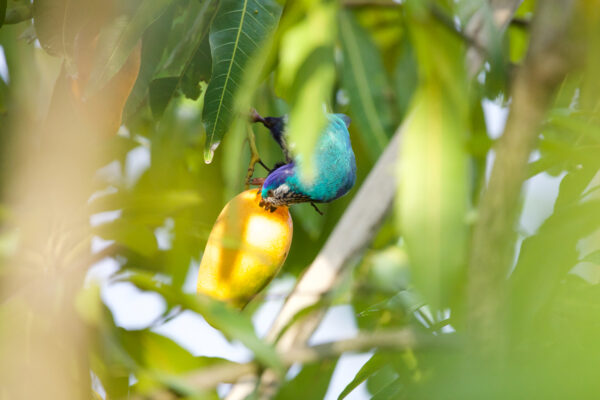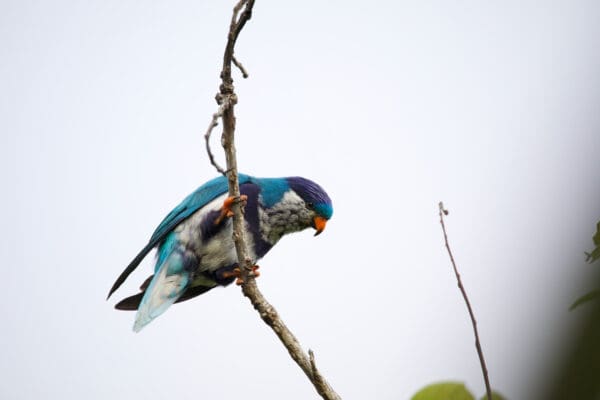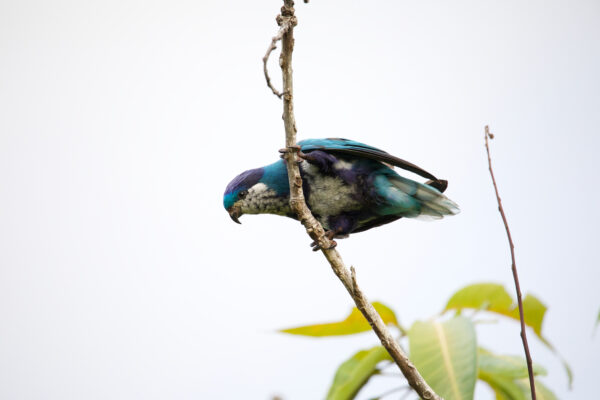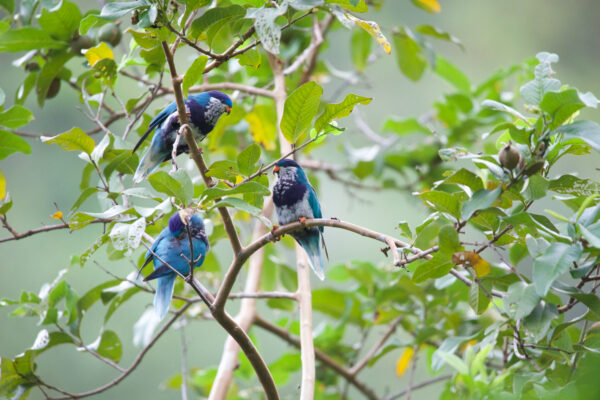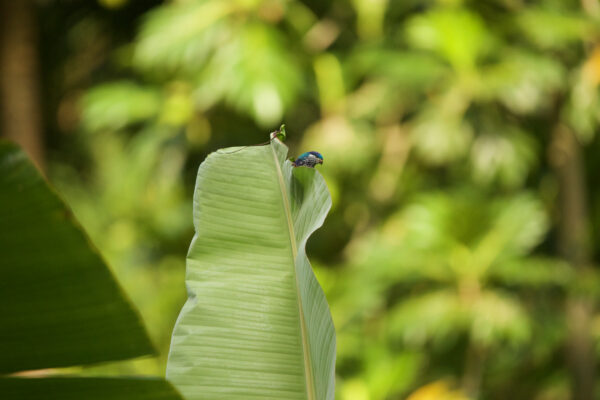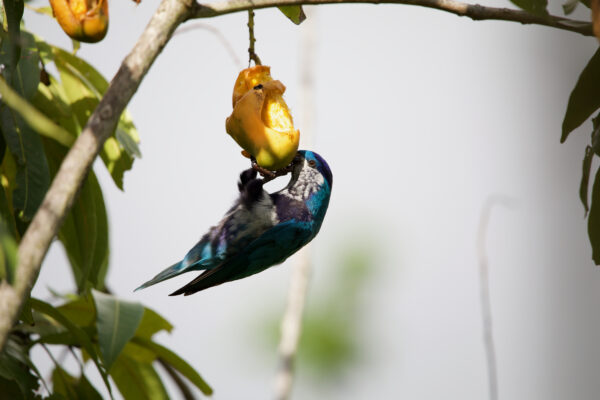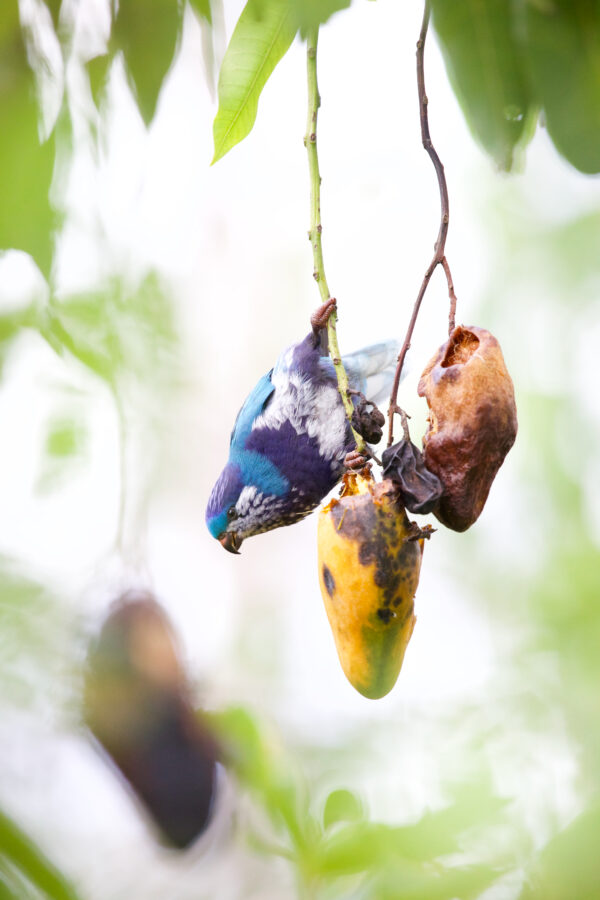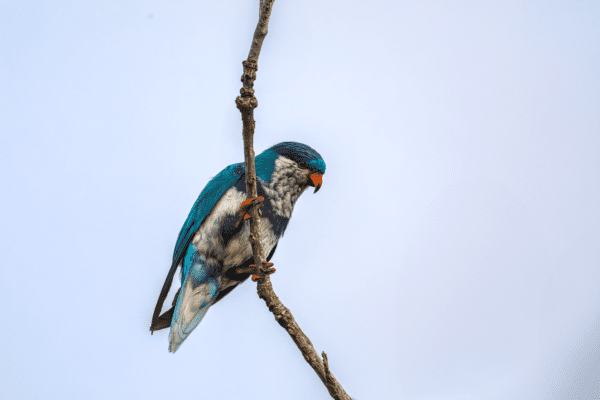Ultramarine Lorikeet
Also known as:
Marquesas Lory, Goupil's Lory, Te Pihiti (Marquesas)
Also known as:
Marquesas Lory, Goupil's Lory, Te Pihiti (Marquesas)
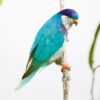
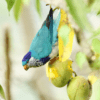
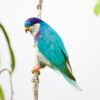
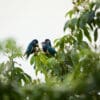
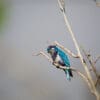
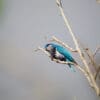
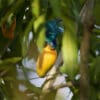
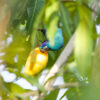
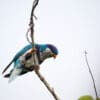
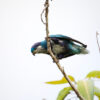

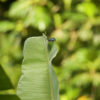

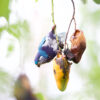
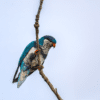
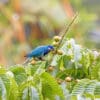
DID YOU KNOW?
The Ultramarine Lorikeet is one of only two small parrot species that are blue – the other is the Blue Lorikeet.

Vini

ultramarina
Size:
18 cm (7 in)
Weight:
35 g (1.2 oz)
Subspecies including nominate:
one
Colour Adult:
Both adults small, mainly blue parrots, two-toned in colour; crown dark blue; upperparts dull blue, underparts white with dark blue mottling; dark blue/purple band across chest; thighs and undertail purple/blue; tail pale blue tipped with white. Beak orange tipped with black. Eye yellow/orange.
Colour Juvenile:
As in adult but with underparts dark blue; paler sides and flanks; ear covers grey/white. Beak black. Eye dark brown.
Call:
High-pitched short notes given in flight and at rest; also described as strong screech or sharp whistle.
More Information:
Content Sources:
CITES
Avibase
BirdLife International
Cornell Lab of Ornithology/Birds of the World
A Guide to Parrots of the World, Juniper and Parr, 1998
Parrots: Status Survey and Conservation Plan 2000-2004, Snyder, McGowan, Gilardi and Grajal, 2000.
Vanished and Vanishing Parrots, Forshaw, 2017.
Parrots of the World, Forshaw and Cooper, 1989.
Parrots of the World, Forshaw, 2006.
Parrots in Aviculture, Low, 1992.
Captive Status:
Extremely rare.
Longevity:
—
Housing:
Small, planted area or house heated to 15 C or 60 F.
Diet:
Nectar – commercial type for small species, or a mixture of baby cereal (lactose-free) and honey, malt extract or molasses, mixed with filtered water, made fresh once or twice daily; fruits such as: pear, apple, cactus fruits, pomegranates, kiwi, papaya.
Enrichment:
—
Nest Box Size:
—
Clutch Size:
2
Fledging Age:
About 8 weeks.
Hatch Weight:
—
Peak Weight:
—
Weaning Weight:
—
World Population:
1000-2500 mature individuals, stable.
IUCN Red List Status:
Critically Endangered
CITES Listing:
Appendix I
Threat Summary:
Restricted-range species, endemic to Marquesas Islands Endemic Bird Area. The only extant population is found on Ua Huka, a small island of 82 km². All islands where the lorikeets were formerly found have been devastated by overgrazing and fire. Introduced black rats were the main cause of the species’ extirpation from most islands. Other invasive species that might be a threat include ants, and birds that may transmit diseases.
Range:
Restricted to Ua Huka, French Polynesia.
Habitat:
Found above 700 m (2296 ft), montane forest. Also has been seen in mixed forest plantations with coconut, hibiscus, banana, mango, breadfruit, and others.
Wild Diet:
Diet consists of flowers and/or their products, including coconut and banana, buds, fruits of breadfruit Artocarpus altilis, mango Mangifera indica; also aphid, leafhopper or cicada adults and grubs.
Ecology and Behaviour:
Noisy and conspicuous in spite of low numbers; not as confiding as other Vini sp. Stays at or near top of forest canopy, constantly fluttering from tree to tree.
Clutch and Egg Size:
2 rounded eggs, 22.5 x 18.5 mm (0.9 x 0.7 in).
Breeding Season:
June-August, possible September. Nest is in tree hollow or still-hanging old coconut.
